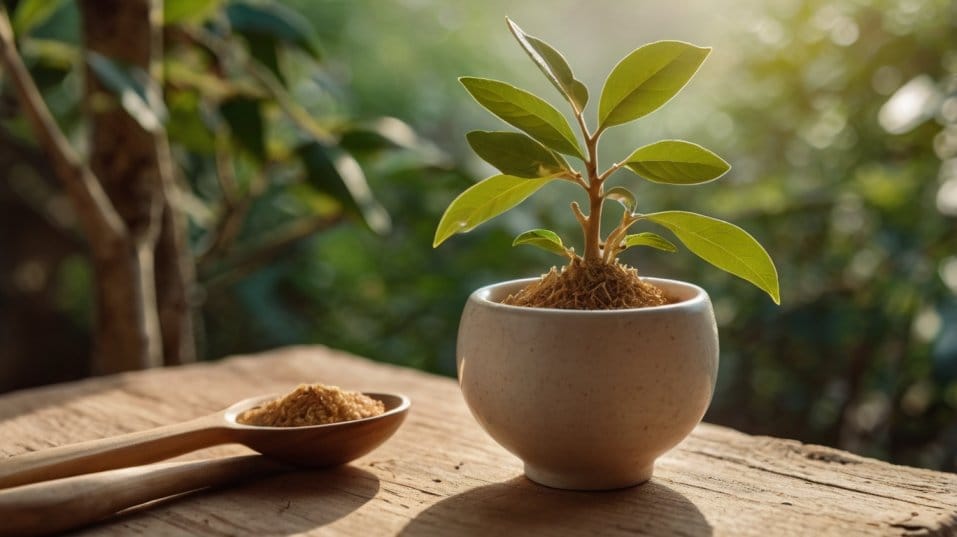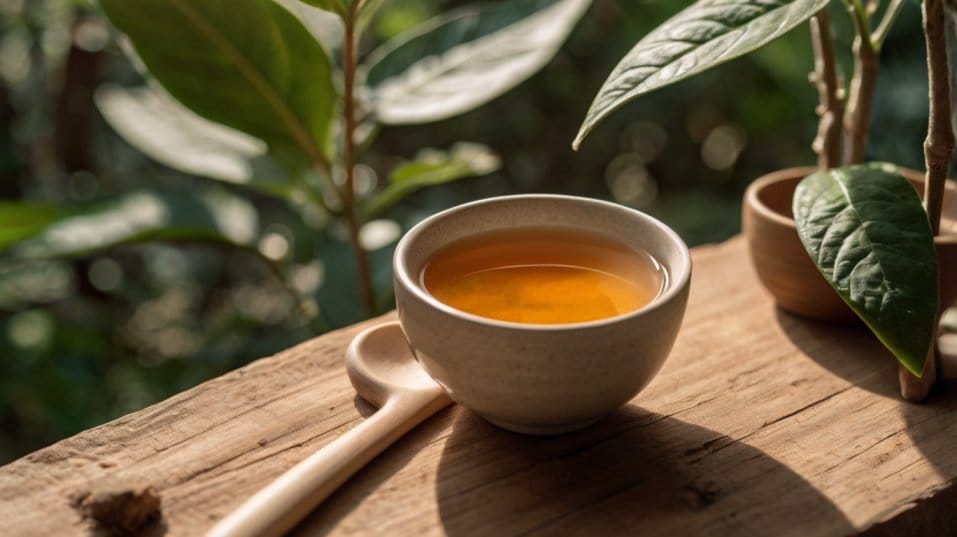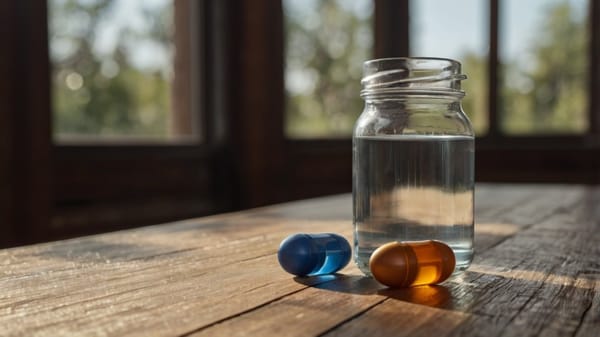Are You Taking Ashwagandha at the Right Time?
Ashwagandha only works if you take it at the right time. Learn how to time your dose for better sleep, energy, recovery, and stress relief.

Are you taking Ashwagandha but not feeling much? You might be missing one simple—but crucial—detail: timing. This ancient adaptogen works best when synced with your body’s natural rhythms.
If you want deeper sleep, steadier energy, or sharper focus, when you take Ashwagandha matters just as much as taking it at all. Let’s break down exactly when to use it based on your goals—and how to make every dose actually work.
Why Timing Matters with Ashwagandha
Ashwagandha works by modulating cortisol—your body’s main stress hormone. That means it doesn't force an effect the way caffeine or melatonin might.
Instead, it nudges your nervous system back to balance. When your cortisol is too high, it helps lower it. When it’s too low, it helps bring it back up.
But here’s the catch: your cortisol naturally rises and falls across the day. Take Ashwagandha when your cortisol is peaking (or supposed to be), and you might blunt your own energy.
Take it when your cortisol should be lower, and it can support better sleep and recovery. So the question isn’t should you take Ashwagandha. The question is when.

If You Want Better Sleep
Take it 30–60 minutes before bed. Struggling to fall asleep even when you’re tired? Can’t stop your mind from racing? That’s often late-night cortisol talking. Your body thinks you’re still in problem-solving mode, even when the day’s over.
Ashwagandha can help lower cortisol levels at night, which supports your body’s natural melatonin production. Translation: you fall asleep faster, stay asleep longer, and wake up feeling like you actually rested.
This works especially well for:
- People who feel wired at night but exhausted in the morning
- People waking up at 2–3am with a racing mind
- Light sleepers who can’t stay asleep
Stack it with:
- Magnesium glycinate – to relax muscles and calm the nervous system
- L-theanine – for a smooth, non-drowsy transition into sleep
- Glycine – a simple amino acid that helps drop core body temperature for deeper sleep
If your main goal is to sleep better, make this your nighttime ritual.
If You Want Steady Energy & Focus
Take it in the morning or early afternoon.
Here’s where things get interesting: Ashwagandha isn’t a stimulant. It won’t spike your energy like caffeine—but it helps stabilize your mental and physical state so you’re not swinging between wired and tired all day.
By supporting your adrenal system and smoothing out cortisol spikes, you get more calm, focused energy without the crash.
Perfect for:
- That morning “ugh” before your second cup of coffee
- Midday brain fog or attention dips
- Feeling anxious or distracted even when you’re sitting still
Pro tip: If you wake up feeling groggy or stressed before the day even starts, a morning dose can help set the tone for calmer energy all day.
Stack it with:
- L-theanine – to sharpen focus without overthinking
- Rhodiola Rosea – for mental clarity and endurance
- Lion’s Mane – for memory, creativity, and overall brain performance
Best time? With or after breakfast. You want it in your system before your stress kicks in.
If You Want Physical Recovery & Hormonal Support
Take it post-workout or with your largest meal.
Ashwagandha does more than calm you down. Studies show it can:
- Support testosterone levels naturally—especially helpful for those looking to stay strong and energized through physical demands
- Improve muscle recovery and strength
- Lower exercise-induced stress and inflammation
So if you’re working out or aiming to stay active and resilient, Ashwagandha can help your body bounce back faster.
Timing-wise, post-workout or evening meals work best. That’s when your body is rebuilding tissue and recalibrating hormones. It also supports digestion and keeps cortisol from staying elevated after training or long work days.
Stack it with:
- Collagen or whey protein – for joint and muscle recovery
- Creatine – to maintain strength and performance
- Shilajit – another ancient adaptogen known to boost testosterone and mitochondrial energy
This is the move if you're trying to stay strong, energized, and adaptable—no matter what life throws at you.
What Form Should You Take?
Here’s the good news: capsules, powder, tinctures—it’s all good. Just make sure the label says:
- KSM-66 or Sensoril extract – these are the most well-studied forms
- Standardized for withanolides (5%+ is the sweet spot)
Dosage sweet spot:
- 300–600 mg once or twice daily
- Some studies go up to 1,000 mg/day for cognitive or hormonal support, but you don’t need to start there
Take it with food if you’re sensitive. Otherwise, it’s fair game anytime you’re consistent.
The Key Is Consistency—Not Guesswork
Ashwagandha doesn’t work like coffee or melatonin—you don’t feel it instantly. But most people notice subtle shifts within a few days to two weeks:
- Sleep improves
- Mornings feel less frantic
- Mood levels out
- Energy becomes steadier
- Recovery feels quicker
But only if you stick with it. This is a long-game supplement, not a one-and-done pill. Don’t expect to “feel it” after one dose and give up. Keep going, and your baseline will change.
Final Thoughts: Start Now, Not Someday
Ashwagandha can help you sleep deeper, think clearer, stress less, and recover better. But that only happens when you take it with intention—not just curiosity.
Pick a goal. Time it right. Make it a habit. Because the best time to take Ashwagandha isn’t just morning or night—it’s consistently, starting now. Your body’s ready. Let’s go.
Want better sleep or more energy this week? Start taking Ashwagandha today—and time it like it matters. Because it does.




